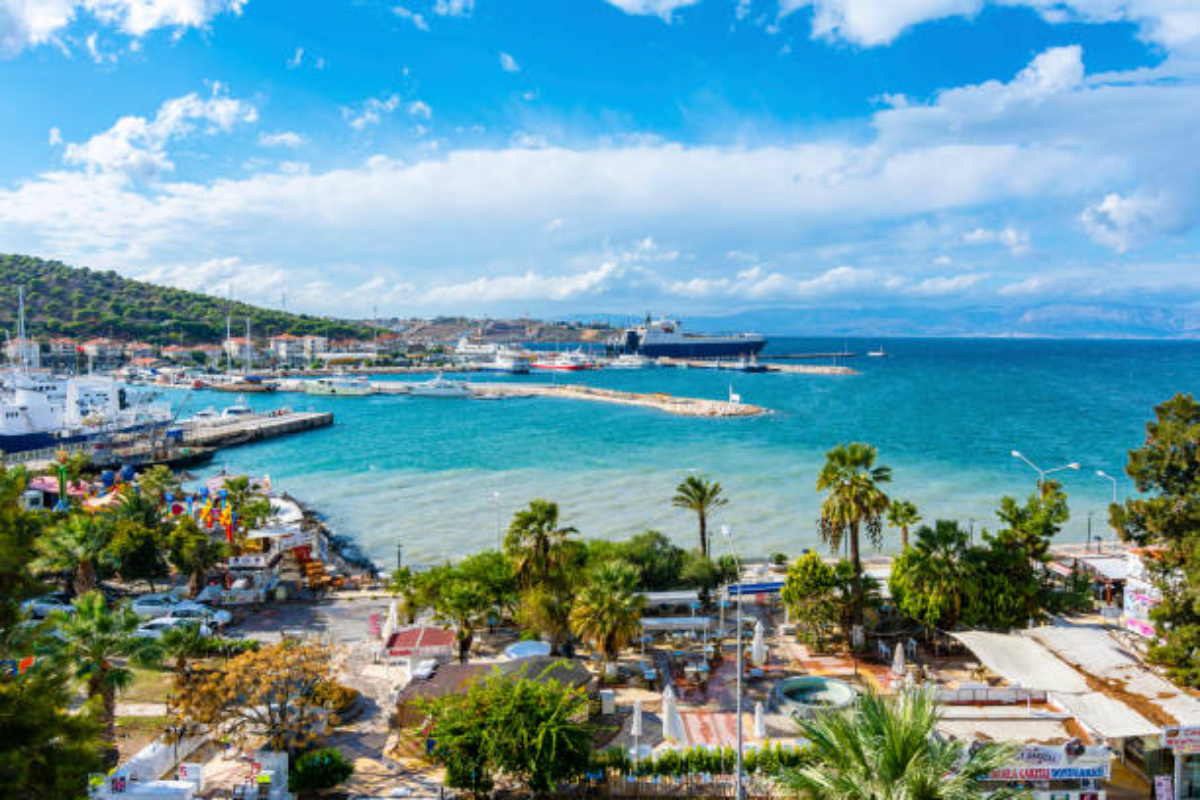Snow-Covered Nature Walks and Trekking: The Joy of Connecting with Nature in Winter

Benefits of Snow-Covered Nature Walks and Trekking
-
Mental Relaxation and Stress Reduction
Walking in snow-covered nature has positive effects on your mental health. The sound of snowflakes gently falling, the peaceful atmosphere of nature, and the cold air help reduce stress. Walking in nature allows you to interact with your environment and escape from the noise of city life. -
Physical Health
Snow-covered terrain requires your muscles to work harder during walks and treks. Depending on the snow depth and condition, you can improve your balance and coordination skills. Winter nature walks support cardiovascular and muscle development, while also improving heart health. -
Immersion in Natural Beauty
In winter, nature is covered with a blanket of white, providing walkers with a visual feast. Snow-covered trees, frozen ponds, and pristine mountain views make every moment of trekking unforgettable. Additionally, nature areas are less crowded in winter, offering a chance for exploration.
Tips for Snow-Covered Nature Trekking
Trekking in snow-covered nature requires some preparation and safety measures. Here are some essential tips for a safe walking and trekking experience in snow-covered nature:
-
Use the Right Equipment
When trekking in winter conditions, it is important to wear appropriate shoes, waterproof clothing, and thermal garments. Walking boots should be specially designed to prevent slipping on snow and ice. Accessories like gloves and hats are also essential to protect your hands and head. -
Plan Well
Before heading out for a snow-covered trek, check your route and the weather conditions. Winter weather can change rapidly and create challenging conditions. Share your route and estimated arrival time with friends before you leave to enhance your safety. -
Physical Preparation
Walking on snow-covered terrain requires more energy. Therefore, it’s important to be physically prepared for such conditions. Trekking in winter, especially in mountainous areas, can be more demanding. Conditioning in advance and adjusting your walking speed accordingly is beneficial. -
Handling Ice and Snow
Icy roads and slippery terrain increase the difficulty of trekking. Therefore, using trekking poles can help you maintain your balance. Additionally, be extra careful when crossing snow-covered paths and avoid sudden movements.
Best Trails for Snow-Covered Nature Walks
There are many trails where you can enjoy walking in snow-covered nature. Here are some popular trekking areas in Turkey for winter walks:
-
Uludağ National Park
Uludağ is a great destination for nature walks as well as skiing in the winter. Snow-covered forest and mountain trails provide a perfect environment for winter walking. While trekking in this high-altitude area, you can opt for more challenging routes if you have mountaineering experience. -
Kartalkaya
Located in the Bolu province, Kartalkaya is a popular spot for winter sports and trekking. The snow-covered forested areas offer excellent trekking routes for nature enthusiasts. There are routes of various difficulty levels suitable for both professionals and beginners. -
Erciyes Mountain
Erciyes, the highest mountain in Kayseri, is an ideal place for winter trekking with its snow-covered slopes and mountain trails. This region is highly preferred by those who want to climb the snow-covered mountain peak in winter. -
Kartepe
Located in the Kocaeli province, Kartepe is a great place for nature walks and trekking during the winter. Beyond the ski slopes, you can walk on the snow-covered forest paths and discover the tranquility of nature.










